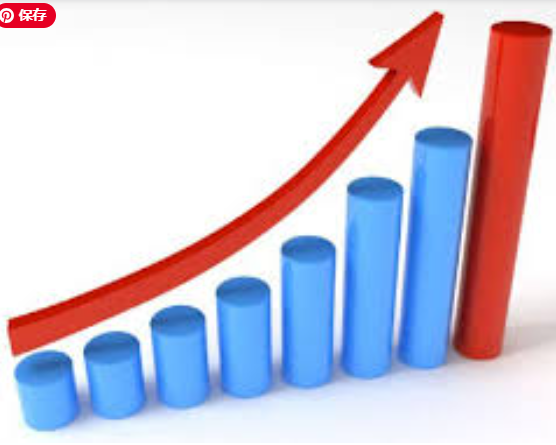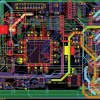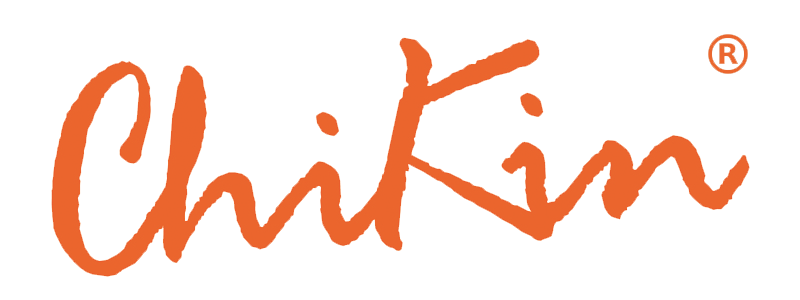The Development Prospects of Printed Circuit Boards (PCBs)
Apr 25, 2025
The Development Prospects of Printed Circuit Boards (PCBs)
Introduction
Printed Circuit Boards (PCBs) have been the backbone of electronic devices for decades. As the global economy continues to shift towards digitization and the Internet of Things (IoT), the role of PCBs becomes increasingly critical. From mobile phones to aerospace systems, PCBs are indispensable in providing mechanical support and connecting electronic components through conductive pathways. The development prospects of PCBs are promising, driven by rapid technological advancements, increasing demand in various industries, and the push for miniaturization, performance, and sustainability.
1. Historical Overview and Evolution
The invention of PCBs dates back to the early 20th century, but their widespread adoption began in the mid-20th century with the advent of consumer electronics. Early PCBs were single-sided and rudimentary, but with time, they evolved into more complex, multilayered boards supporting high-speed and high-frequency applications.
In the past decades, PCB manufacturing has undergone significant changes:
-
From Single-Sided to Multilayer Boards: Early PCBs were limited in complexity. Today, PCBs can have more than 20 layers to meet the needs of high-performance computing.
-
Miniaturization and Precision: The drive toward smaller and more powerful electronic devices has led to the development of High-Density Interconnect (HDI) PCBs and microvia technology.
-
Material Advancements: Traditional FR4 material is being complemented by high-frequency laminates and flexible materials to meet modern performance requirements.

PCB Industrial Development
2. Market Trends and Industrial Demand
According to industry reports, the global PCB market is projected to reach over USD 100 billion by 2030. This growth is fueled by the rising demand in several sectors:
a. Consumer Electronics
Smartphones, tablets, wearable devices, and smart home gadgets have significantly driven the PCB market. As these devices become more powerful and compact, they require advanced PCB solutions such as rigid-flex and HDI boards.
b. Automotive Industry
With the rise of electric vehicles (EVs), autonomous driving, and in-car entertainment systems, the automotive sector is rapidly increasing its consumption of PCBs. Automotive PCBs must be durable, high-temperature resistant, and highly reliable.
c. Telecommunications and 5G
5G technology has drastically changed the requirements for PCBs. High-frequency, low-loss materials and multi-layer boards are essential to handle the data transfer rates and signal integrity challenges of 5G infrastructure and devices.
d. Medical Electronics
Medical devices, from portable diagnostics to advanced imaging equipment, require specialized PCBs with biocompatibility and high reliability. Flexible PCBs are particularly useful in wearable health monitors.
e. Aerospace and Defense
In these high-stakes environments, PCBs must endure extreme conditions while maintaining top performance. These applications often use rigid-flex PCBs and materials that can handle high frequencies and radiation.
3. Technological Innovations in PCB Design and Manufacturing
a. HDI (High-Density Interconnect)
HDI PCBs allow for more components in a smaller area. They are used in compact devices requiring high performance and are essential in smartphones, laptops, and miniaturized medical devices.
b. Rigid-Flex PCBs
Rigid-flex PCBs combine the best of both rigid and flexible boards, reducing the need for connectors and saving space. These are used in aerospace, military, and medical applications.
c. Embedded Components
Embedding passive and active components within the PCB can significantly reduce the overall device size and enhance performance by lowering resistance and inductance.
d. Advanced Materials
New substrates like polyimide, Teflon, and ceramics support high-frequency and high-temperature applications. These materials enable better thermal management and signal performance.
e. Automation and Smart Manufacturing
CNC drilling, AOI (Automated Optical Inspection), laser direct imaging, and other automated processes are increasing the precision, efficiency, and yield of PCB manufacturing.
4. Challenges Facing the PCB Industry
Despite the growth and innovation, the PCB industry faces several challenges:
a. Environmental Concerns
PCB manufacturing involves hazardous chemicals and significant energy consumption. As environmental regulations tighten globally, manufacturers must invest in cleaner processes and recycling methods.
b. Supply Chain Disruptions
The COVID-19 pandemic exposed vulnerabilities in the global supply chain. PCB production, which relies on raw materials and complex logistics, must become more resilient through local sourcing and flexible operations.
c. Technological Complexity
As electronic devices become more complex, the demand for high-layer count, microvia, and high-frequency PCBs increases. This raises production costs and technical barriers.
d. Skilled Labor Shortage
Advanced PCB production requires skilled engineers and technicians. Training and retaining talent is critical, especially in regions where electronics manufacturing is expanding.
5. Future Prospects
Looking ahead, several factors will shape the future of PCB development:
a. AI and Machine Learning Integration
Artificial intelligence is being used in PCB design optimization, defect detection, and predictive maintenance in factories. This integration will enhance efficiency and reduce design cycles.
b. 3D Printing of PCBs
Additive manufacturing offers a revolutionary approach to PCB fabrication. Though still in its early stages, 3D printed PCBs could allow for faster prototyping and custom geometries.
c. Internet of Things (IoT)
As more devices connect to the internet, there will be a growing need for small, low-power, and cost-effective PCBs. Flexible and stretchable electronics may become common in wearable and embedded systems.
d. Quantum Computing and Advanced Electronics
Emerging fields like quantum computing, advanced robotics, and space exploration will require next-generation PCBs with entirely new materials and design paradigms.
e. Regional Shifts in Manufacturing
Asia remains the dominant region in PCB production, particularly China, South Korea, and Taiwan. However, there’s a growing trend of reshoring manufacturing to Europe and North America to reduce dependency and ensure supply security.
6. Sustainability and the Circular Economy
Sustainability is a growing concern in the electronics industry. Efforts are underway to make PCBs more eco-friendly:
-
Eco-friendly materials: Biodegradable substrates and lead-free solders are being developed.
-
Recycling and reuse: Techniques to recover metals and components from used PCBs are becoming more advanced.
-
Energy-efficient production: Cleaner production technologies and renewable energy are being integrated into PCB factories.
Government regulations and consumer awareness will increasingly push manufacturers to adopt green practices, offering both a challenge and an opportunity for innovation.
Recent Posts

October 26, 2016
The Most Successful Engineering Contractor
May 12, 2025
China PCB Drilling Routing machine Development
May 06, 2025
PCB Design Process and Key Points






